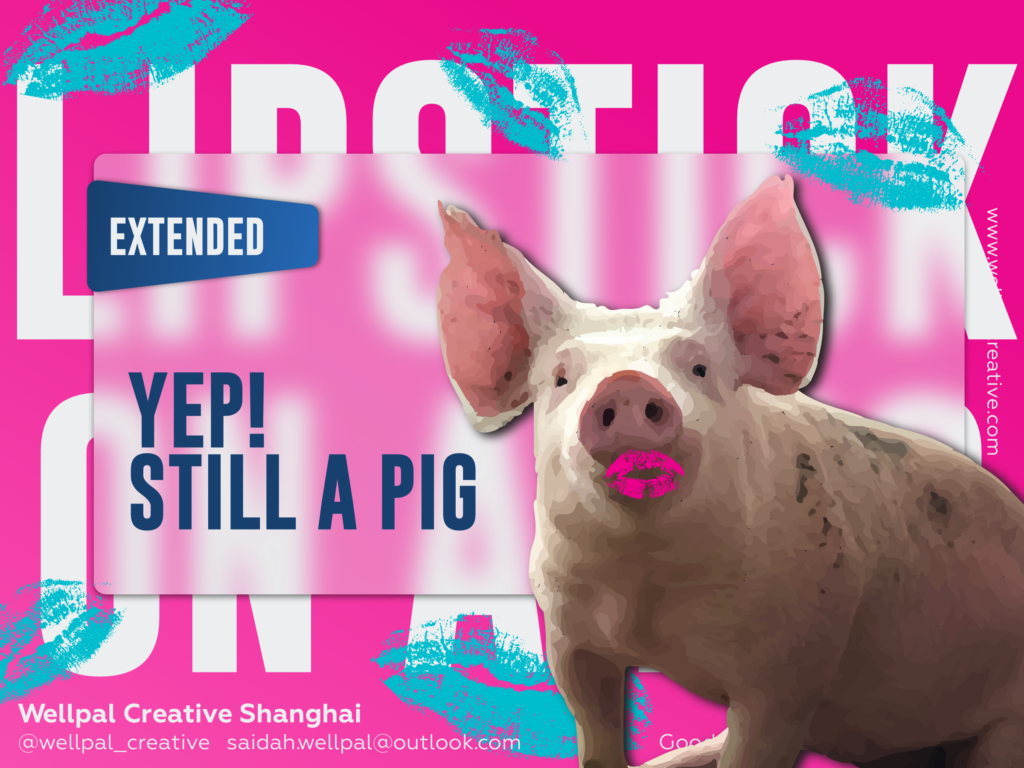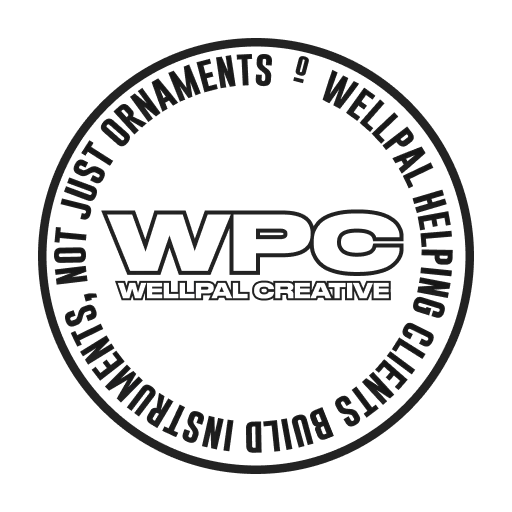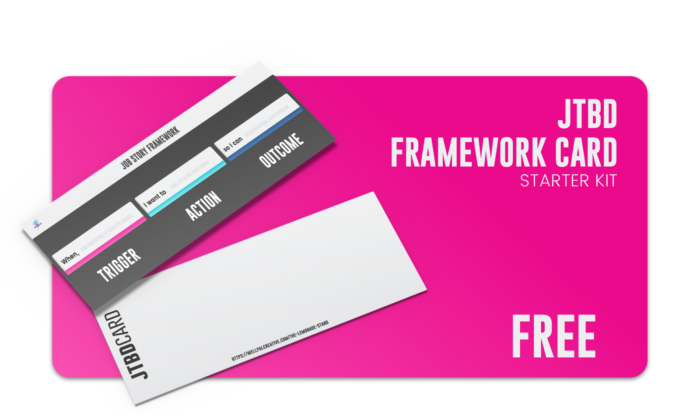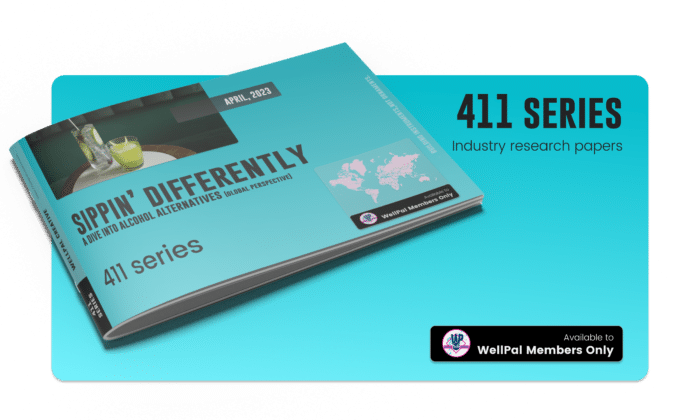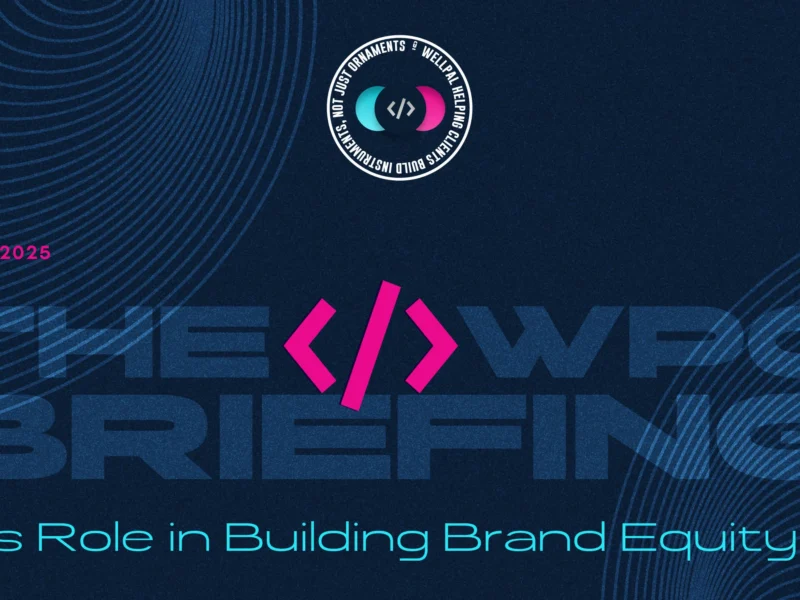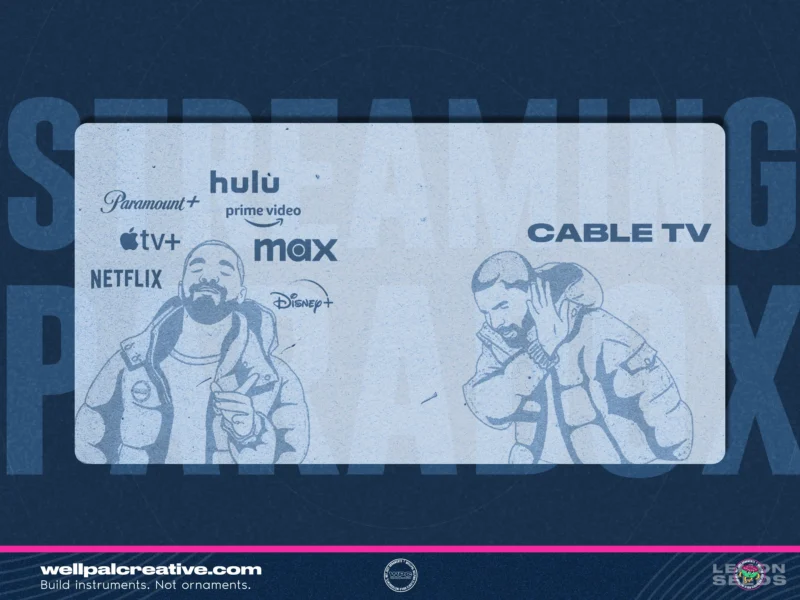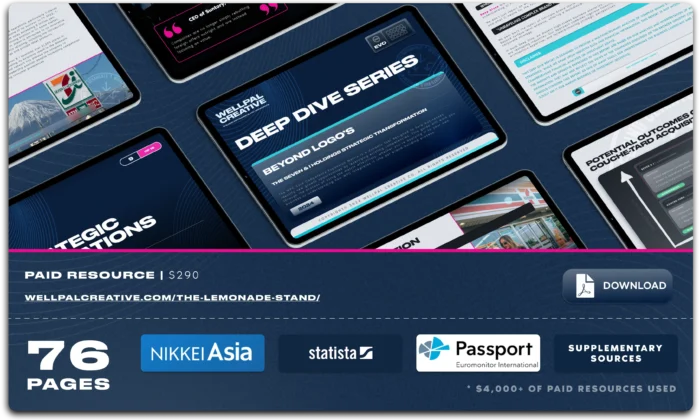COPYRIGHT © 2025 WELLPAL CREATIVE
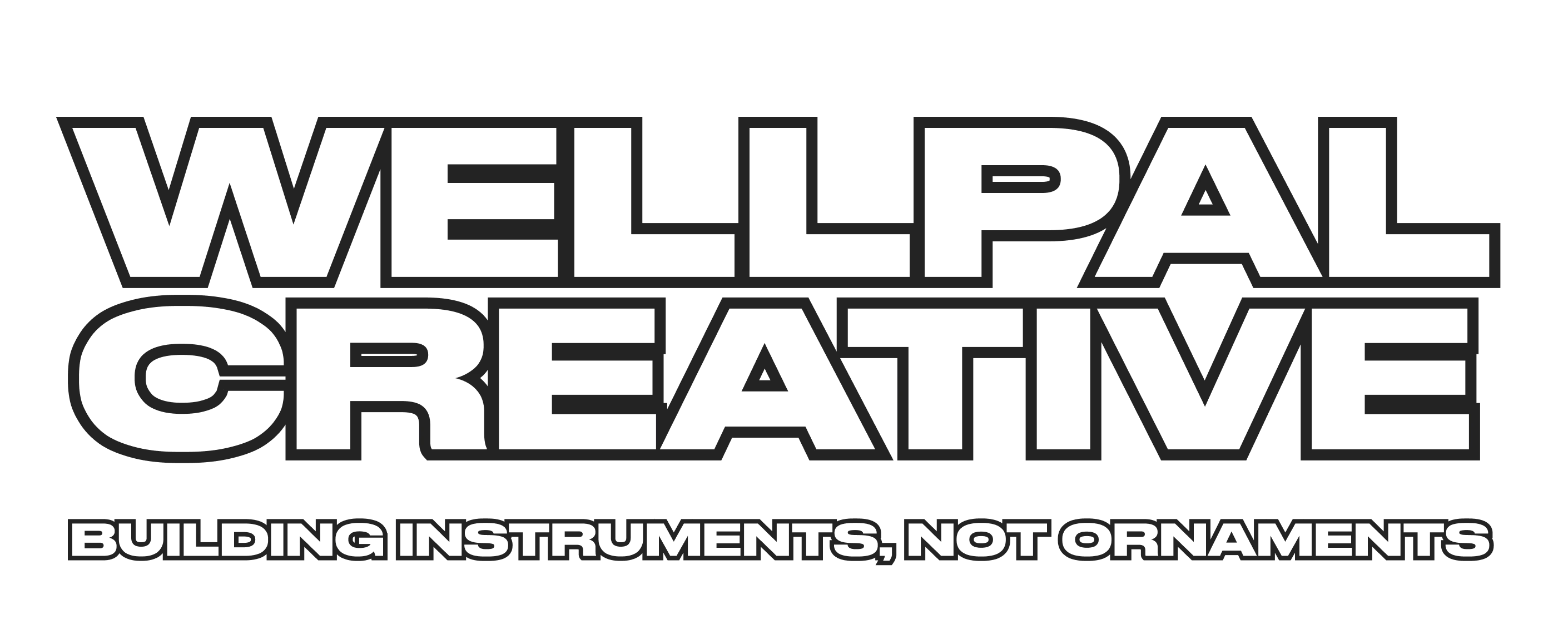
“Build Instruments. Not Ornaments”
Featured
-
411 - NOLO Market
$30.00Original price was: $30.00.$15.00Current price is: $15.00.
Recent Lemon Seeds
Copyright © 2025|2026 WellPal Creative
beyond the logo
How Seven & i is Turning Its Brand into a Business Instrument
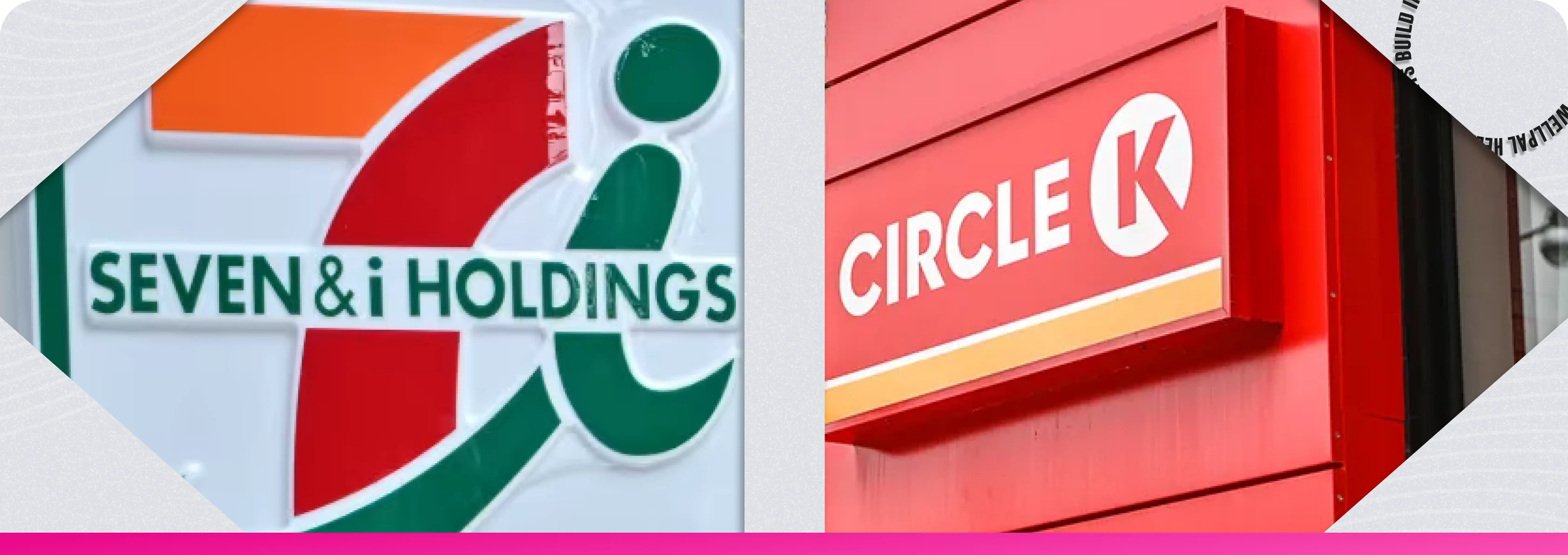
How Seven & i is Turning Its Brand into a Business Instrument
The case.
In the high-stakes world of global retail, where mergers and acquisitions can reshape entire industries overnight, Seven & i Holdings is orchestrating a masterclass in strategic brand management. As the parent company of 7-Eleven faces a takeover bid from Canadian giant Alimentation Couche-Tard, it’s not just defending its market position – it’s redefining what it means to be a brand in the 21st century. This isn’t a story about logos or color palettes; it’s about how a company is leveraging its brand as a powerful business instrument to drive transformation, fend off acquisitions, and potentially reshape the global convenience store landscape.
Let’s dive into some of the key aspects.
Disclaimer: Readers are advised to consider this information in conjunction with their own research and to verify any critical data points before making business decisions. The convenience retail industry is dynamic, and actual results may differ materially from the projections and analysis presented here. The Art of Corporate Restructuring
More Than Just Moving Boxes
When Seven & i announced the creation of York Holdings, an intermediate holding company for its non-core businesses, it wasn’t just shuffling assets around. This move is a strategic masterstroke that allows the company to focus on its core 7-Eleven business, potentially unlock hidden value in its non-core assets, and create a more agile corporate structure.
By separating its supermarket and specialty store businesses into York Holdings, Seven & i is effectively saying, “We’re more than just the sum of our parts.” This restructuring isn’t just about improving efficiency; it’s about redefining the company’s brand identity in the eyes of investors, competitors, and customers. It’s a bold move that demonstrates how corporate structure can be used as a branding tool, signaling to the market where the company sees its future and what it considers its core identity. This approach to restructuring goes beyond mere financial engineering – it’s a statement of intent and a redefinition of what the Seven & i brand stands for in the global marketplace.
Key takeaways for brands
- Corporate restructuring can be a powerful tool for brand repositioning
- Sometimes, addition by subtraction can strengthen your core brand identity
- A clear focus on core competencies can enhance brand value
The Name Game
From Seven & i to "7-Eleven Corporation"
What’s in a name?
For Seven & i, potentially billions in market value. The proposed name change to “7-Eleven Corporation” is more than just a rebranding exercise; it’s a strategic realignment of the company’s entire identity. By putting its most recognizable asset front and center, Seven & i is signaling its focus on the convenience store business, leveraging global brand recognition, and simplifying its corporate identity for investors and consumers alike.
This move demonstrates how a brand name can be used as a strategic asset to drive business transformation and market perception. It’s a bold statement that the company is betting its future on the strength of the 7-Eleven brand, which has become synonymous with convenience stores worldwide.
- Your brand name is more than just a label; it's a strategic asset
- Aligning your corporate identity with your strongest brand can amplify market presence
- Sometimes, simplification can lead to stronger brand recognition
The architecture of it all
As we delve deeper into Seven & i’s strategic name change, it’s crucial to understand the underlying brand architecture that shapes these decisions. Brand architecture is the organizing structure of a company’s brand portfolio, and it plays a pivotal role in how a company presents itself to the market and manages its various business units. In the case of Seven & i Holdings and its potential acquirer, Alimentation Couche-Tard, we see two distinct approaches that reflect their respective strategies and market positions.
Let's examine how these companies structure their brand portfolios and what it means for their future directions.
Seven & i Holdings:
Seven & i Holdings currently employs a hybrid brand architecture, which combines elements of both a house of brands and a branded house approach:
- House of Brands: The company owns and operates several distinct brands that function relatively independently, such as 7-Eleven, Ito-Yokado, and York-Benimaru. These brands have their own identities and target different market segments.
- Branded House elements: The proposed name change to “7-Eleven Corporation” suggests a move towards a more branded house approach, focusing on the strength of the 7-Eleven brand.
The creation of York Holdings as an intermediate holding company for non-core businesses further reinforces this hybrid approach, allowing for a clearer separation between the core 7-Eleven business and other operations.
Alimentation Couche-Tard:
Alimentation Couche-Tard primarily uses a house of brands architecture:
- House of Brands: The company operates multiple distinct brands across different regions, including Circle K, Couche-Tard, Mac’s, Kangaroo Express, and others. These brands often maintain their individual identities in their respective markets.
- Endorsed Brand elements: In some cases, Couche-Tard uses an endorsed brand approach, where the parent company’s name or logo may appear alongside the individual brand names, particularly in corporate communications.
The Global Chess Game
Balancing Expansion and Identity
Seven & i’s ambitious plan to expand from 85,000 stores in 20 countries to 100,000 outlets in 30 countries by fiscal 2030 isn’t just about numbers. It’s a delicate balancing act between global expansion and maintaining local identity.
This strategy involves leveraging the 7-Eleven brand’s global recognition, adapting to local markets while maintaining core brand values, and using scale to drive innovation and efficiency.
This approach showcases how a brand can be both a global powerhouse and a local favorite, serving as a business instrument for international growth. It’s a complex dance of standardization and localization, where the strength of the global brand must be balanced with the nuances of local consumer preferences and cultural norms.
Seven & I’ demonstrate their understanding that true global success comes not from a one-size-fits-all approach, but from a flexible brand strategy that can adapt to diverse markets while maintaining a cohesive core identity. It’s a lesson in how brands can use their identity as a platform for growth, adapting and evolving as they enter new markets without losing sight of what made them successful in the first place.
Key Takeaways for Brand Builders:
- Global expansion requires a flexible brand strategy
- Local adaptation doesn't mean losing your core brand identity
- Scale can be a powerful driver of brand innovation
The Defensive Offense
Using Brand Strategy to Fend Off Takeovers
Seven & i’s response to Couche-Tard’s takeover bid is a textbook example of using brand strategy as a defensive tool.
By focusing on its core 7-Eleven business and divesting non-core assets, the company is increasing its perceived value to shareholders, making itself a less attractive takeover target, and positioning itself for independent growth.
This strategy demonstrates how brand focus can be used not just for marketing, but as a key element of corporate defense and value creation. It’s a sophisticated approach that goes beyond traditional financial defenses against takeovers, leveraging the power of brand identity and focus to create a narrative of independent strength and future potential.
By doubling down on its most recognizable and valuable brand asset, Seven & i is not just fending off a takeover – it’s redefining itself in a way that could make it stronger and more valuable in the long run, regardless of the outcome of Couche-Tard’s bid.
We are being shown how brand strategy can be a powerful tool in the C-suite, influencing major corporate decisions and shaping the future of the company.
Key Takeaways for Brand Builders
- A strong, focused brand can be your best defense against takeovers
- Divesting non-core brands can sometimes strengthen your overall brand position
- Brand strategy should be a key consideration in all major business decisions
Couche-Tard Acquisition Strategy – Deep Dive Report
The Innovation Imperative
Brands as Catalysts for Change
As Seven & i refocuses on its convenience store business, it’s not just about maintaining the status quo. The company is using its brand as a catalyst for innovation, exploring digital transformation in retail, new store formats and customer experiences, and sustainable and health-conscious product offerings.
By using the 7-Eleven brand as a platform for innovation, Seven & i is demonstrating that a well-established brand can be a powerful tool for driving change and staying relevant in a fast-evolving retail landscape.
This strategy goes beyond mere product innovation – it’s about reimagining what a convenience store can be in the 21st century, using the strength of the brand to push boundaries and explore new possibilities. It’s a reminder that even the most established brands must continually innovate to maintain their relevance and value in the market.
Key takeaways for brand builders
- Your brand can be a powerful platform for innovation
- Customer expectations should drive brand-led innovation
- Sustainability and health consciousness are becoming key brand differentiators
WPC deep dive report
This is a premium, in-depth analysis that provides significant value beyond our free content.
Seven & i's strategic maneuvering in the face of Couche-Tard's takeover bid exemplifies how a brand can be so much more than just a marketing tool. It's a business instrument that can drive corporate strategy, defend against hostile takeovers, and catalyze innovation.
As the convenience store giant navigates this critical juncture, it’s clear that its brand – particularly 7-Eleven – is not just along for the ride, but in the driver’s seat.
For those looking to dive deeper into this fascinating case study, check out the free Deep Dive preview or purchase the full report. The latter will provide an in-depth analysis of Seven & i’s brand strategy and its implications for the global retail landscape, as well as a data-driven perspective on the convenience store industry and M&A trends.
How WPC Helps Brands Navigate "Brand"
At WPC, we understand that brands don't exist in a vacuum - they are deeply embedded in cultural contexts that shape how they are perceived and experienced.
At WellPal Creative, we specialize in turning brands into powerful business instruments. Whether you’re facing market pressures, considering a corporate restructuring, or looking to innovate in your industry, our Brand Blueprint framework can help you navigate these complex challenges. We don’t just create pretty logos; we build brand universes that operate as instruments, not ornaments.
Our approach goes beyond the surface, delving into the psychological and emotional depths that transform businesses into resonant brands. From our WellPal Ideation & Prototyping (WIP)™ to our WellPal Brand Evolution Suite™, we offer tailored solutions to ensure your brand is not just desirable, but a true driver of business success.
Ready to turn your brand into a business instrument? Let’s talk about how we can help you navigate your unique brand challenges and opportunities.
Interested to see how WPC can help you?
find out below or contact me.
-
1 solution
WPC Ideation & Prototyping (WIP)™
WellPal Ideation & Prototyping (WIP)™ is designed for dreamers and doers alike. Whether you're a startup looking to disrupt the market, a new business aiming to refine your brand, or an established company exploring new horizons, i’m here to help bring your vision to life.
-
2 solution
WPC Brand Navigator™
At the heart of the WPC Solution Suite is the Brand Nav approach, a brand business model tailored for elevating brand equity beyond just the operational aspect. Unlike traditional models, our Blueprint Navigator intricately blends strategic business insights with emotional customer engagement, ensuring your brand not only resonates but also endures.
-
3 solution
WPC Brand Evolution Suite™
WellPal Brand Evolution Suite™ is designed for brands at a crossroads, contemplating a fresh direction. Whether you're a brand who needs an identity refresh, or an established company exploring new horizons, or simply looking for strategic clarity in the clutter, i’m here to help bring your vision to life.
-
4 solution
WPC Visuals
WellPal Brand Visuals is simply the design and graphic aspect of the solution suite. It's for brands craving visual distinction. Beyond aesthetics, we craft visuals that encapsulate your essence, making every interaction across multiple touch points memorable. Brand identity design, visual identity design, UI Design and development, GFX design
MORE LEMON SEEDS
THE WELLPAL BUSINESS & BRANDING BLOG
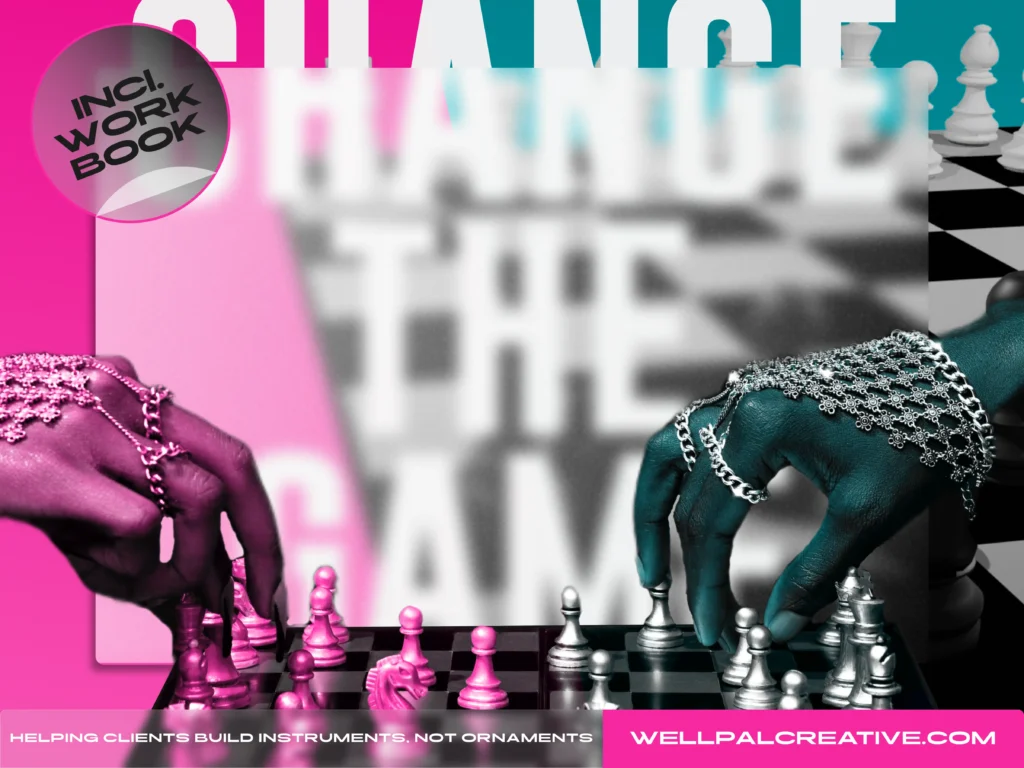
Change the Game

AI’s Role in Building Brand Equity
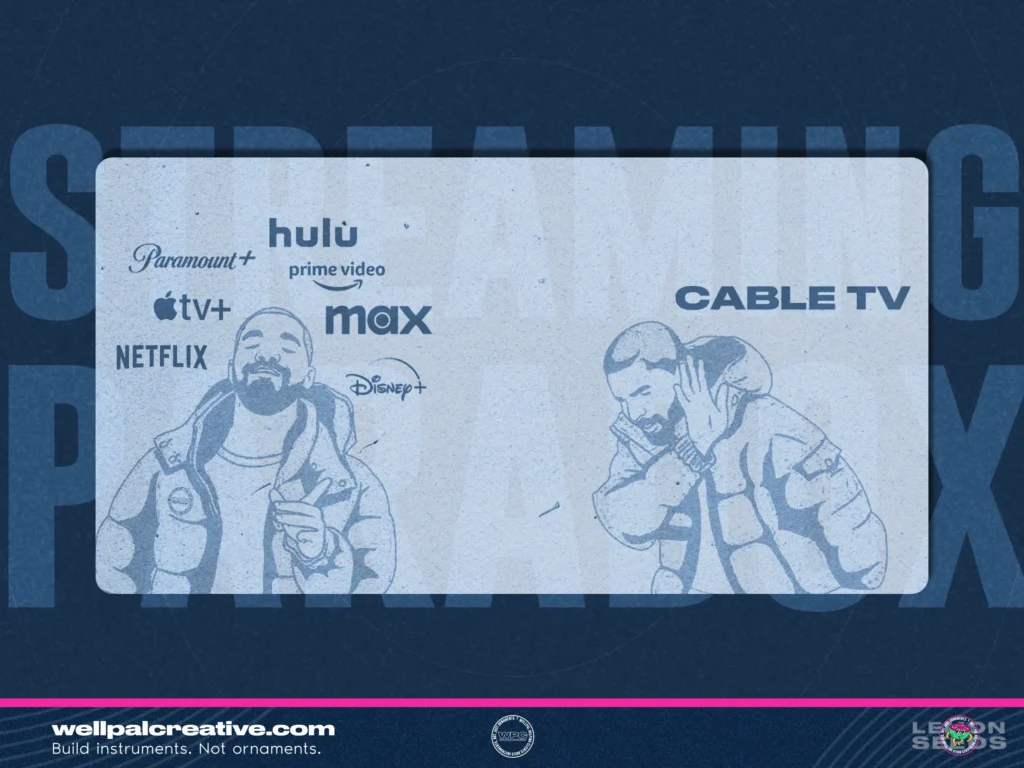
The Streaming Paradox: Convenience vs. Complexity – [LS18 ]
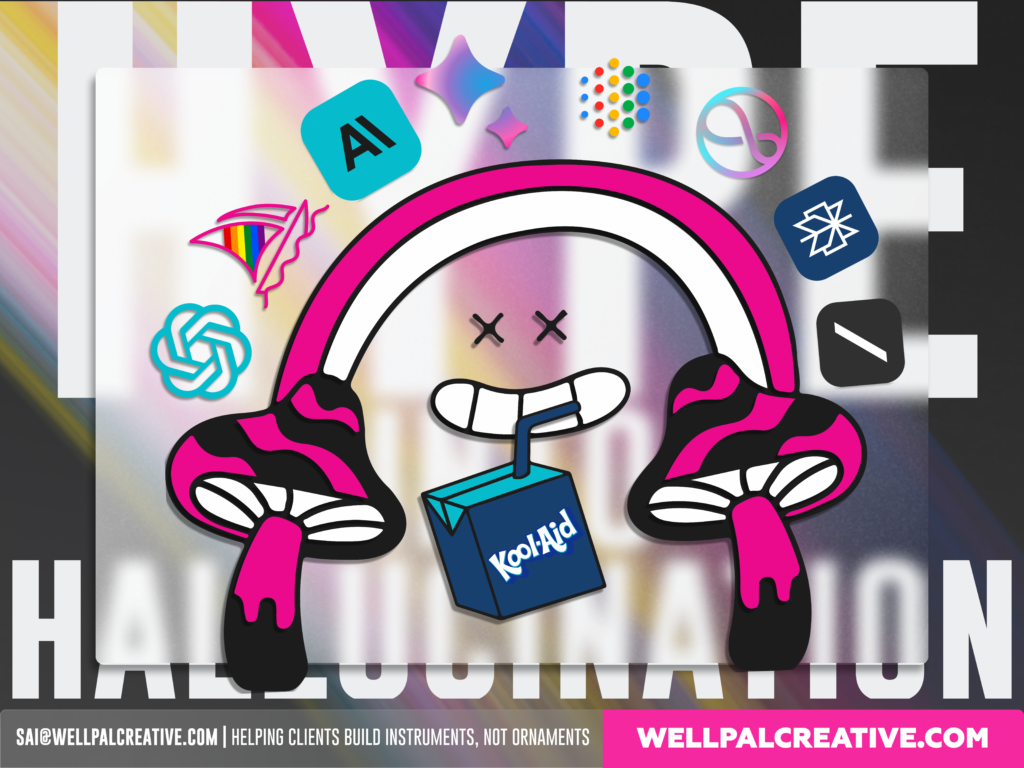
From Hype to Hallucination: How AI Is Transforming Branding, Strategy, and Business – [LS17]
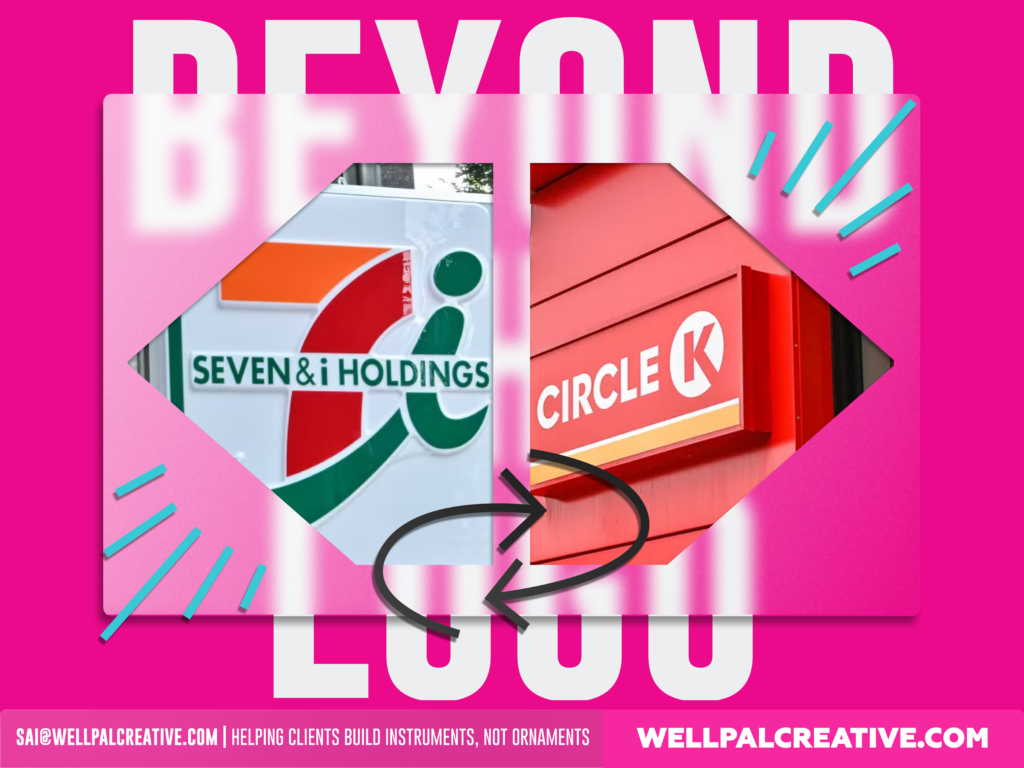
How to leverage Brand: Lessons from Seven&I Holdings – [LS16]
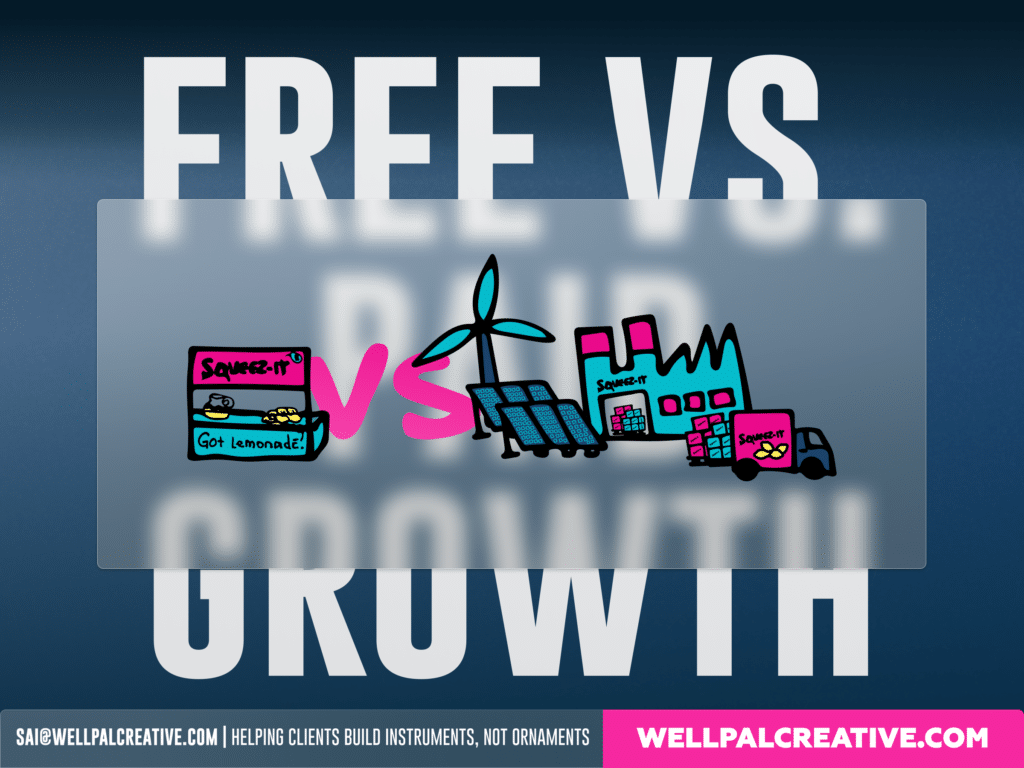
Impactful brand strategy isn’t a sprint, but a marathon – [LS12]
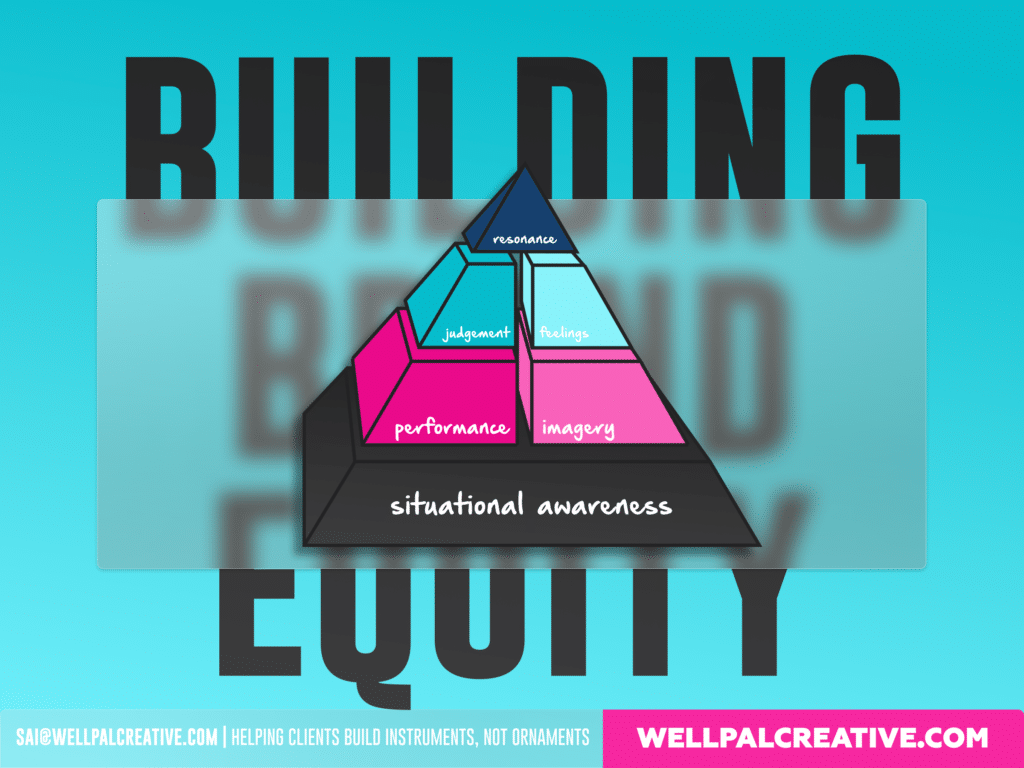
How to Build for brand equity- [LS10]
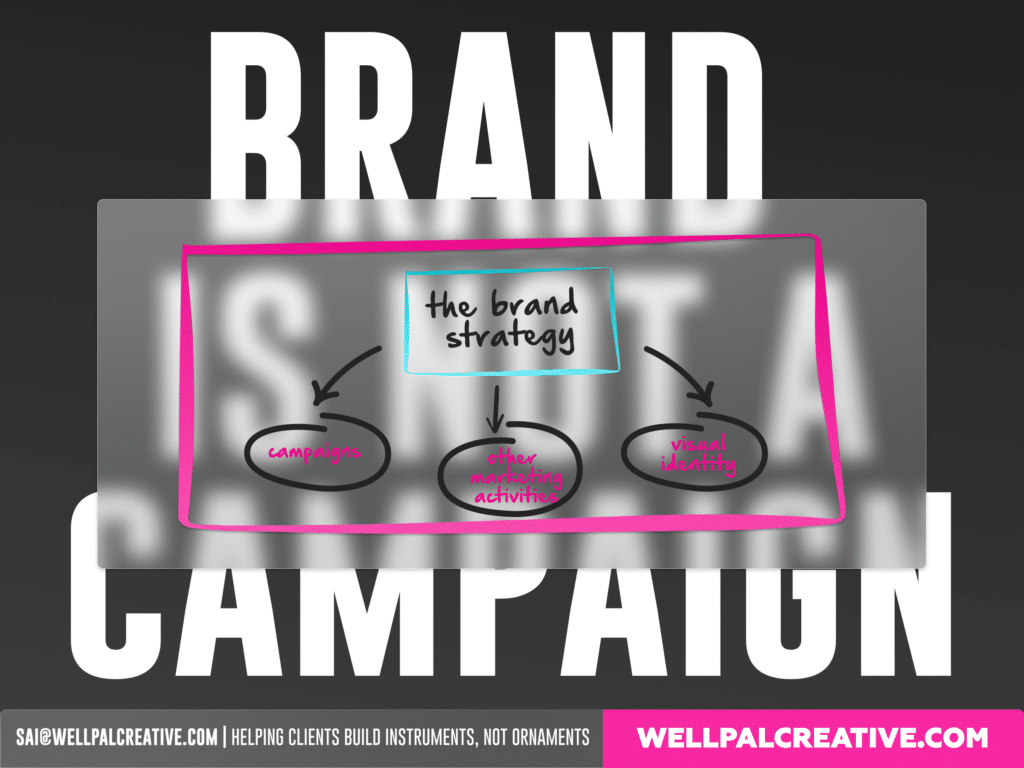
Brand is not a campaign- [LS9]
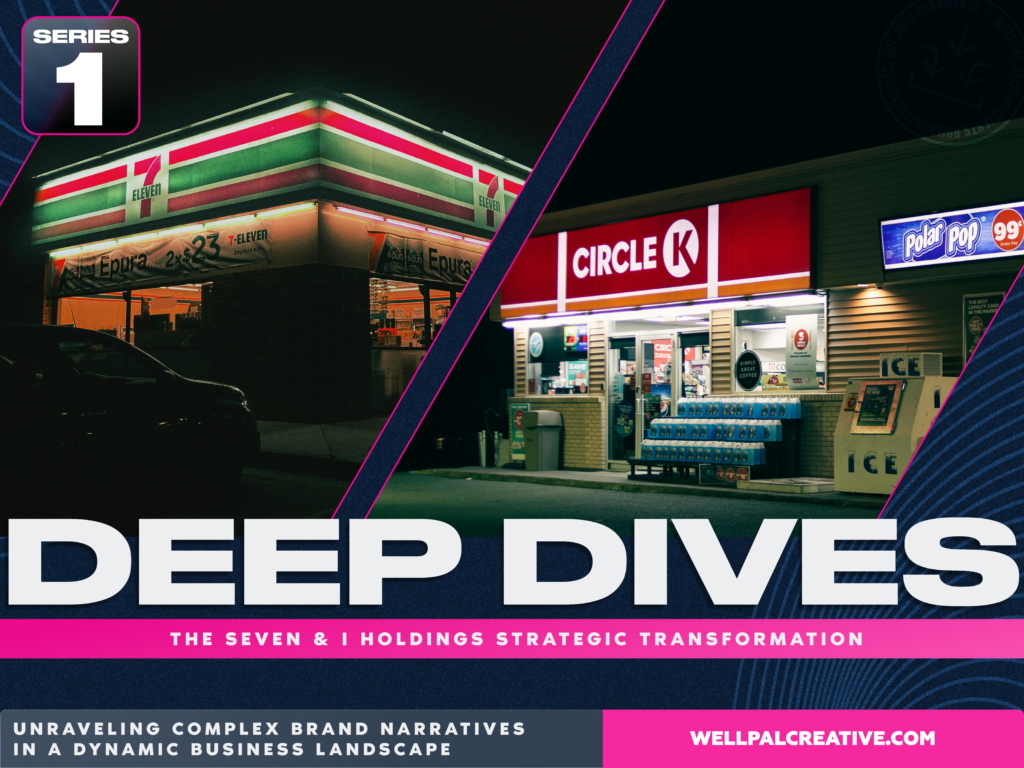
The Seven & i Holdings Strategic Transformation (DEEP DIVE)
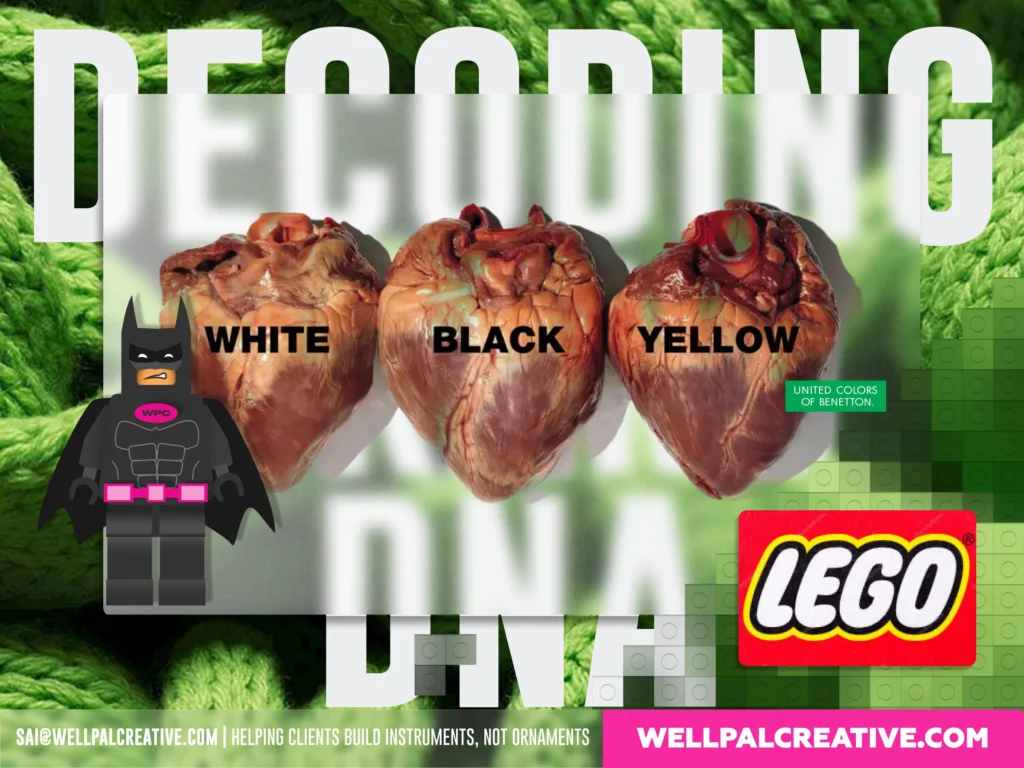
How to understand Brand DNA: LEGO and Benetton Case – [LS15]
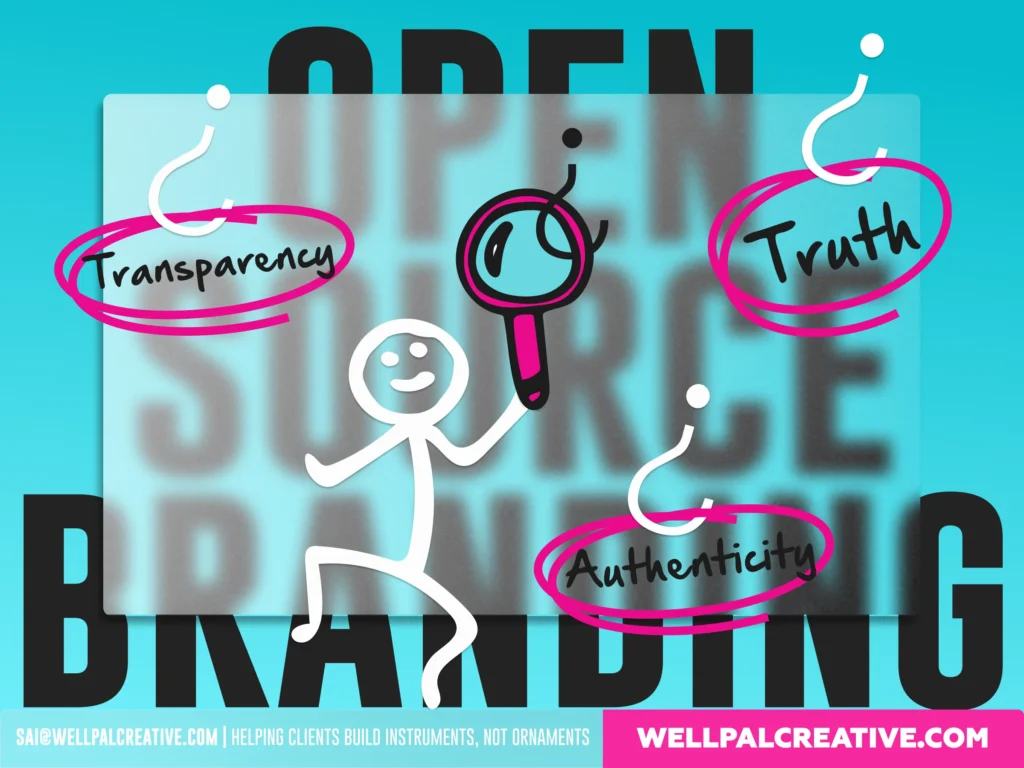
How to leverage open source for brand building – [LS14]
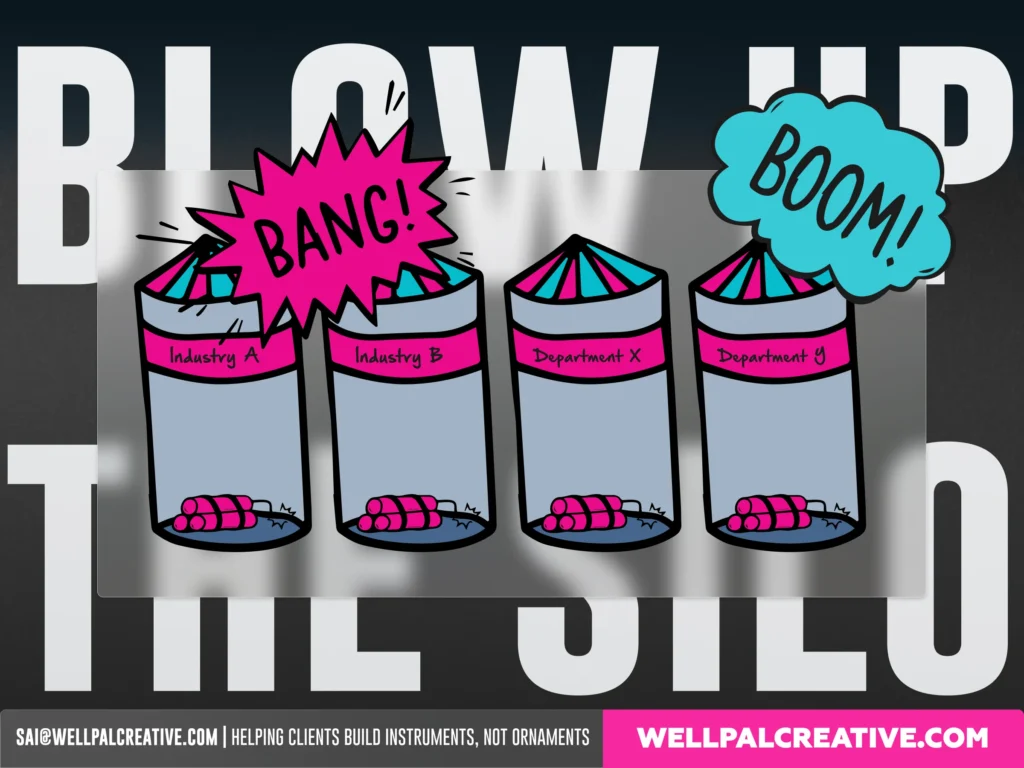
Blow up the silo – [LS13]
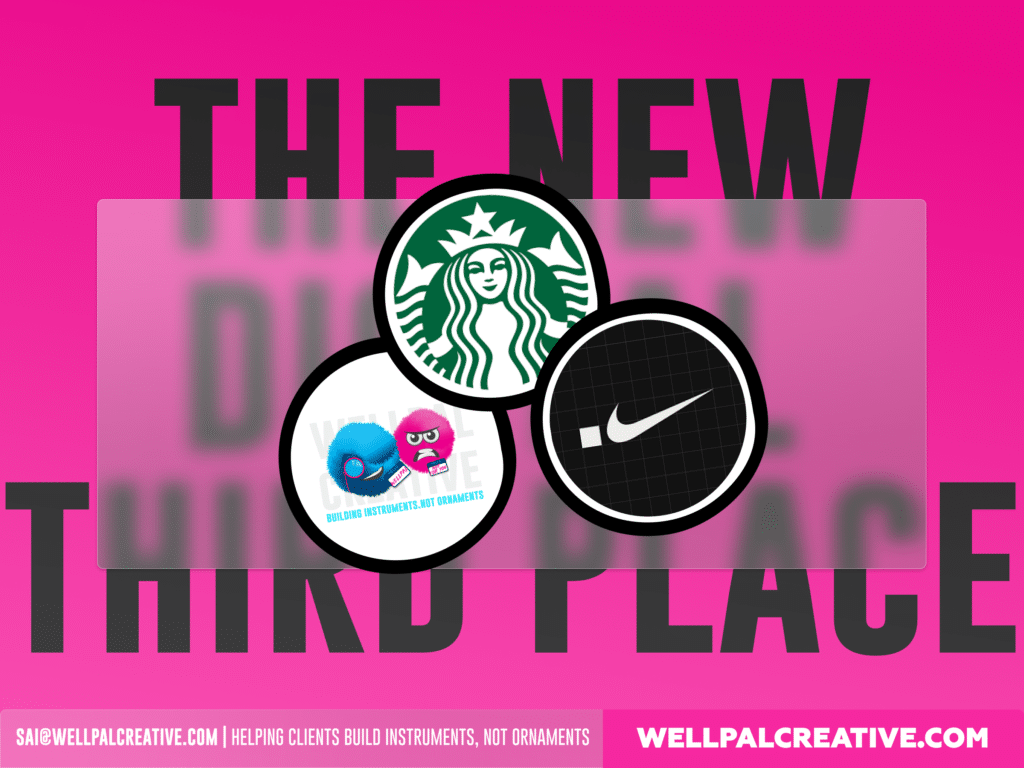
The digital 3rd place- [LS11]
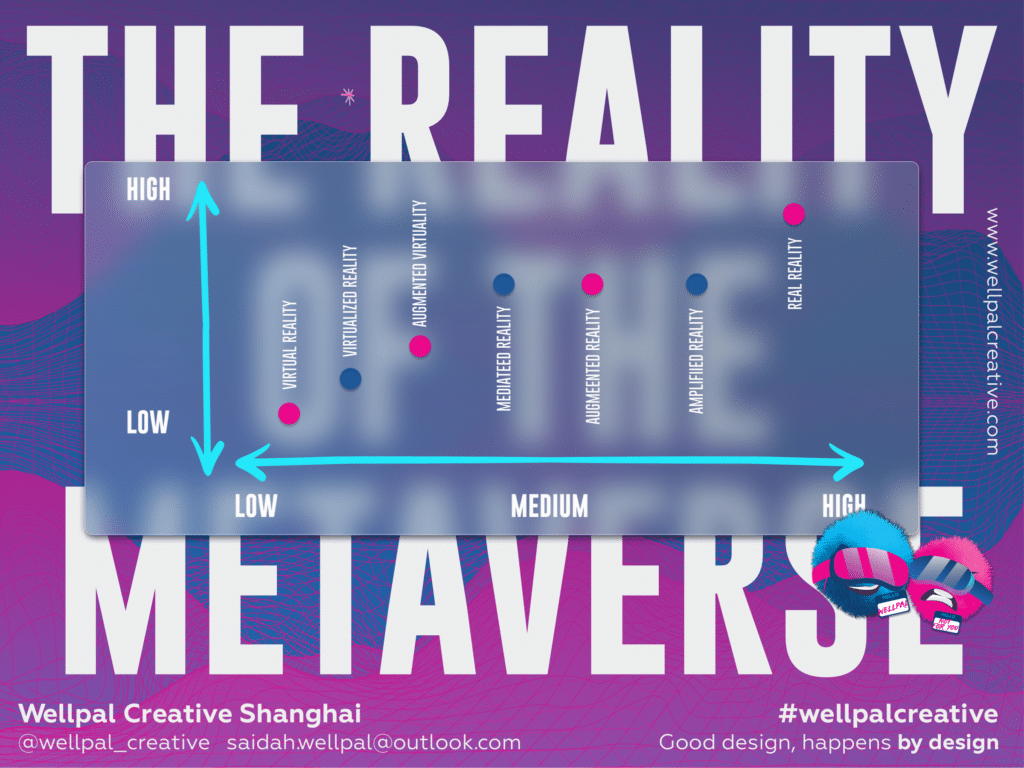
What’s the reality of it? – [LS8]
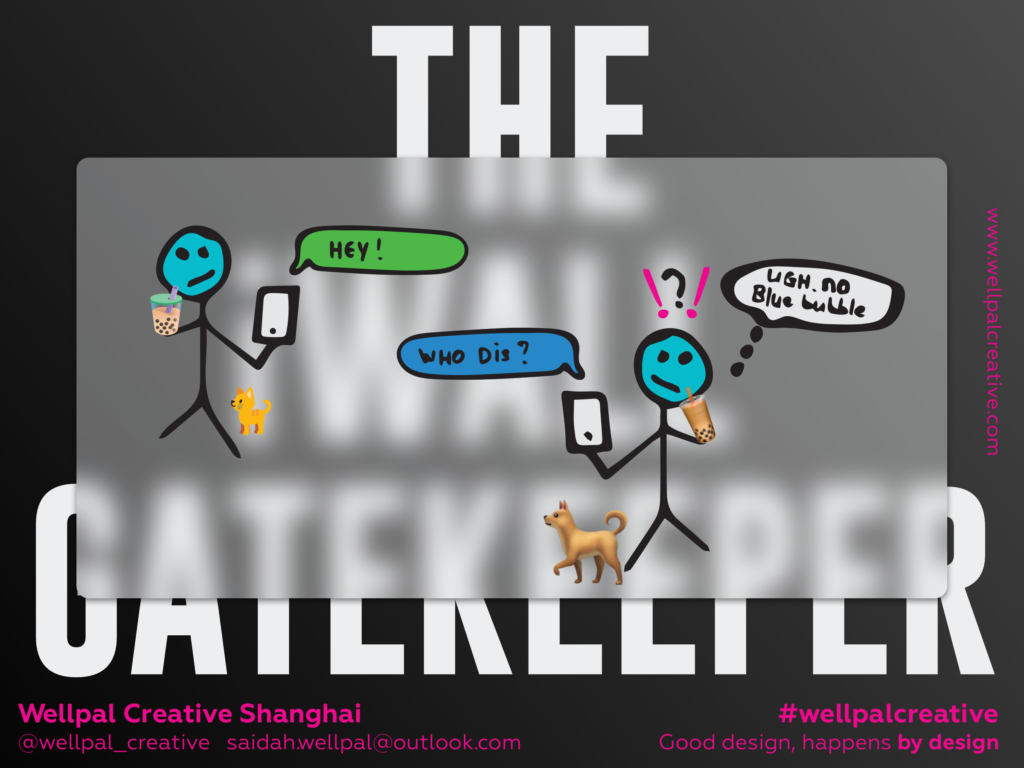
The Great iWall – [LS7]
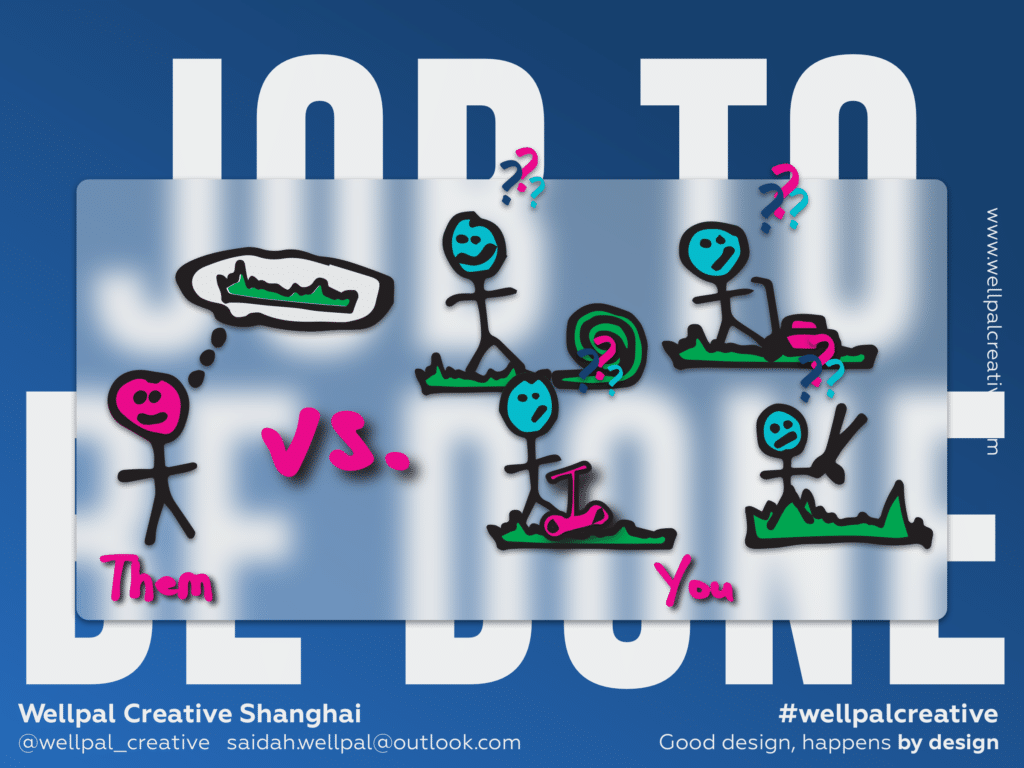
Why you should care that they don’t need a lawnmower [LS6]
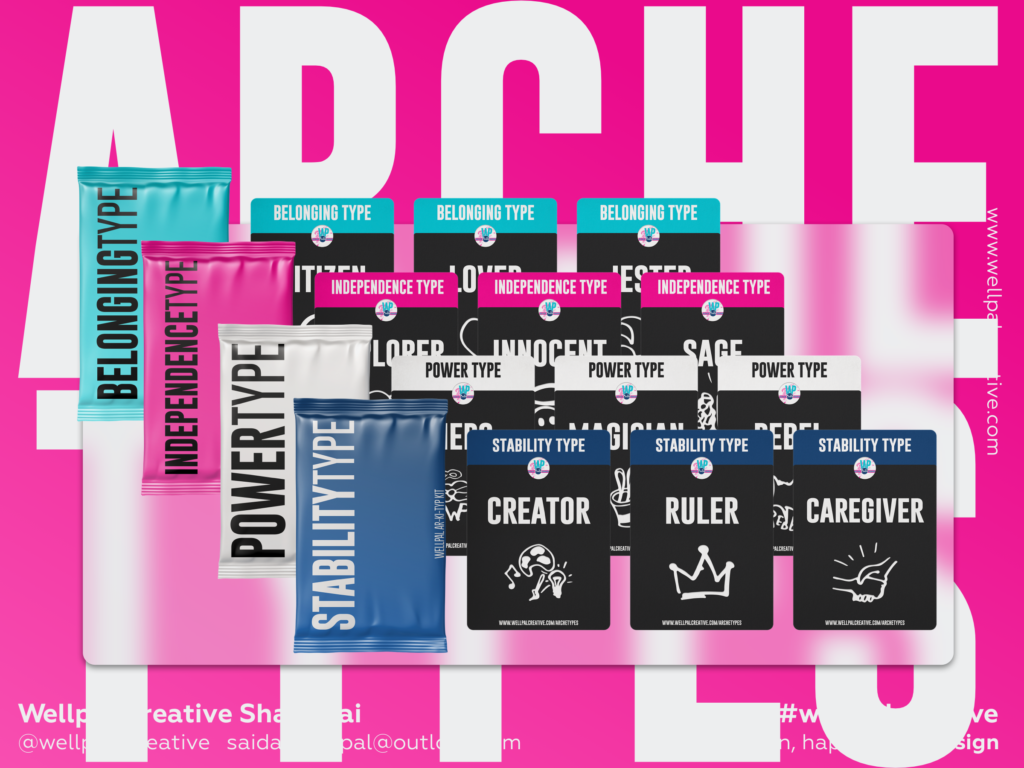
Why you should care about what shapes your brand [LS5]
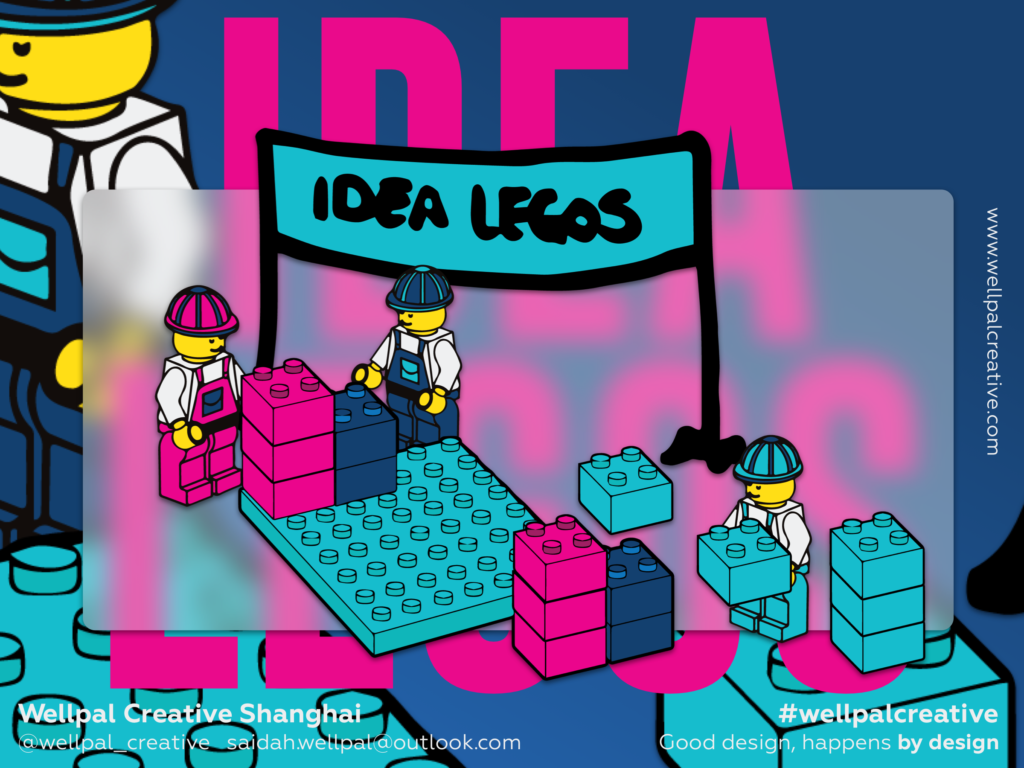
Idea Legos- [LS4]
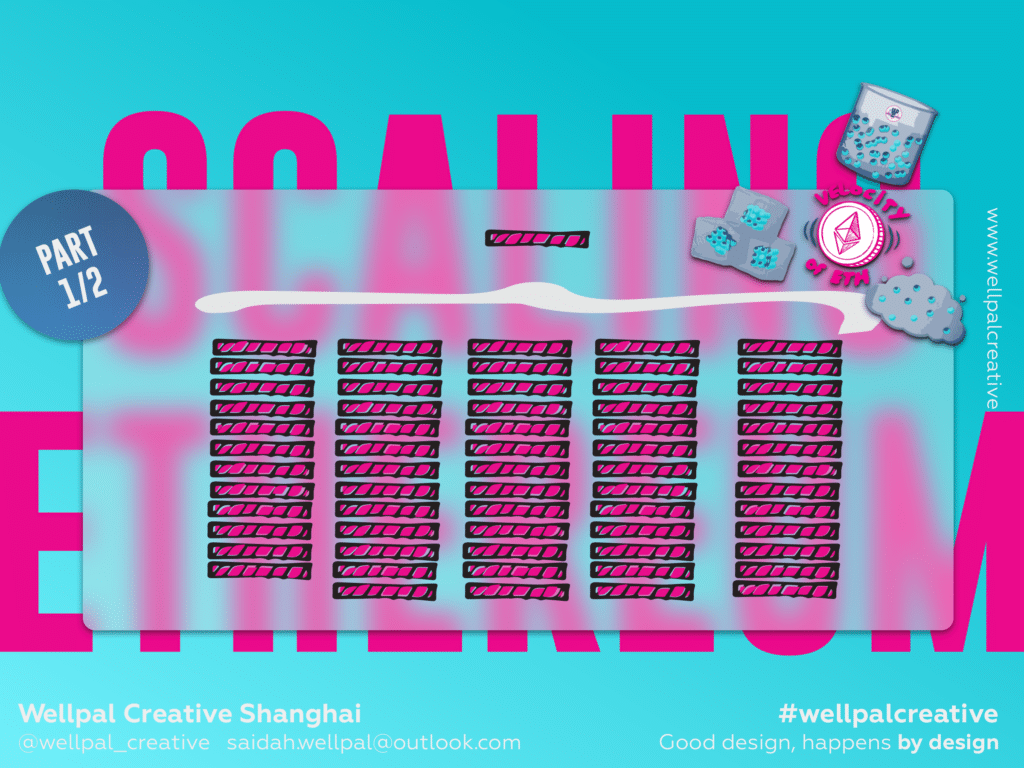
Into the Ether – [LS3]
